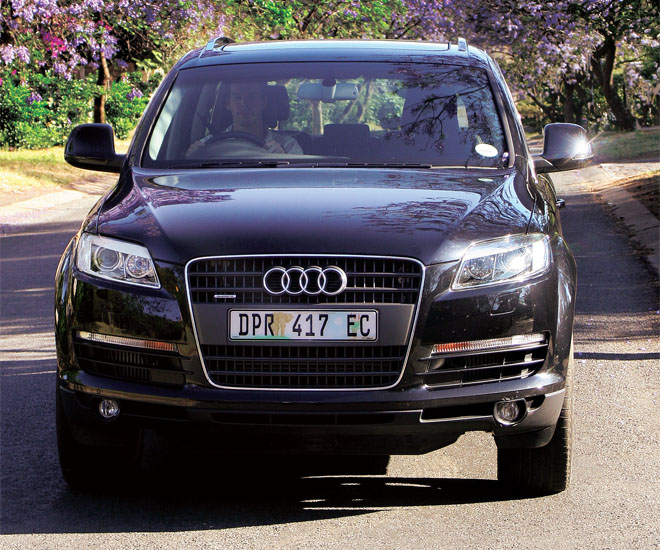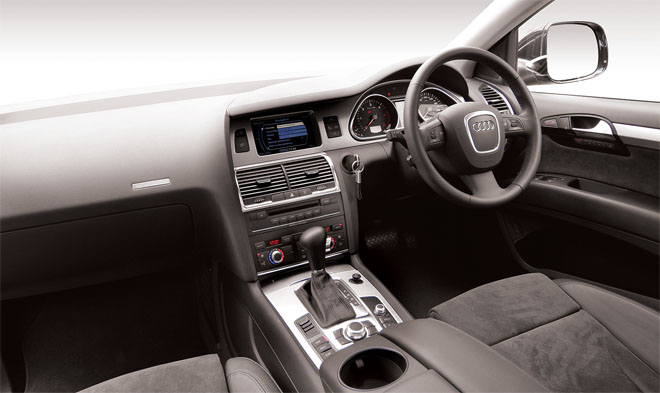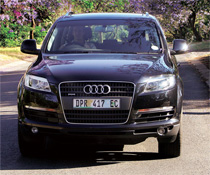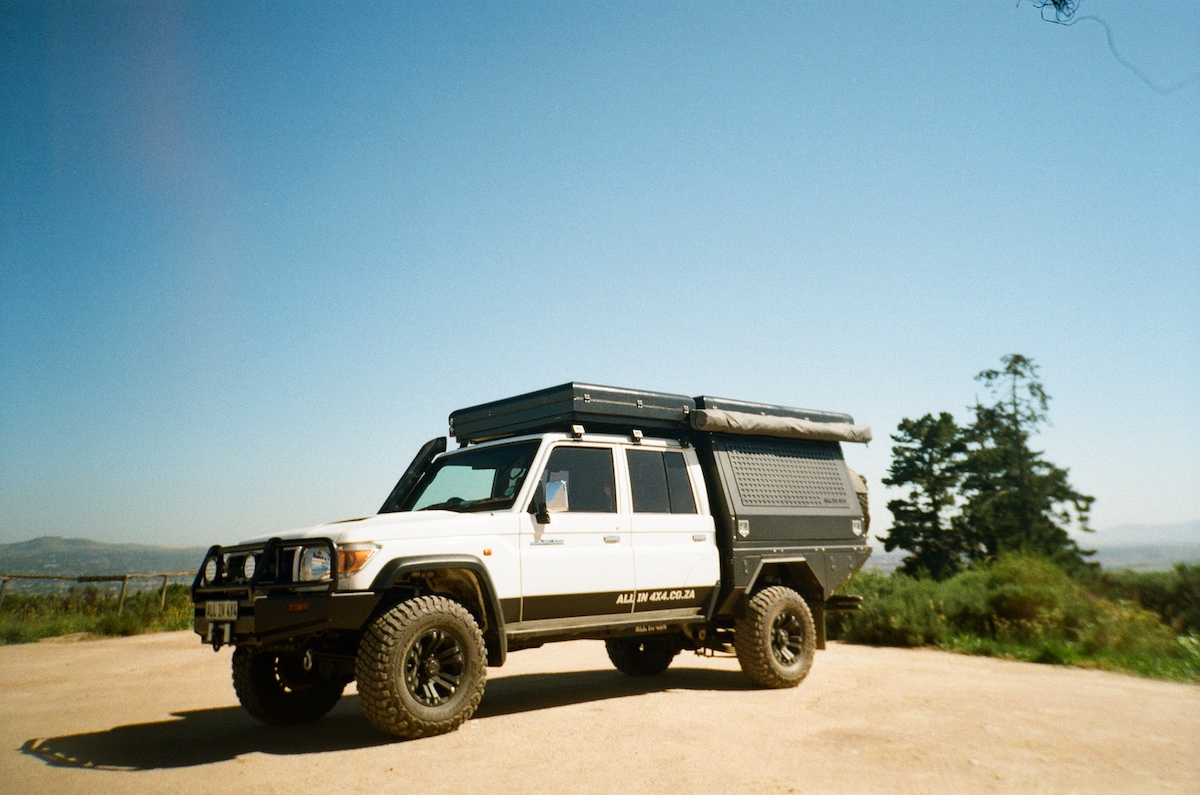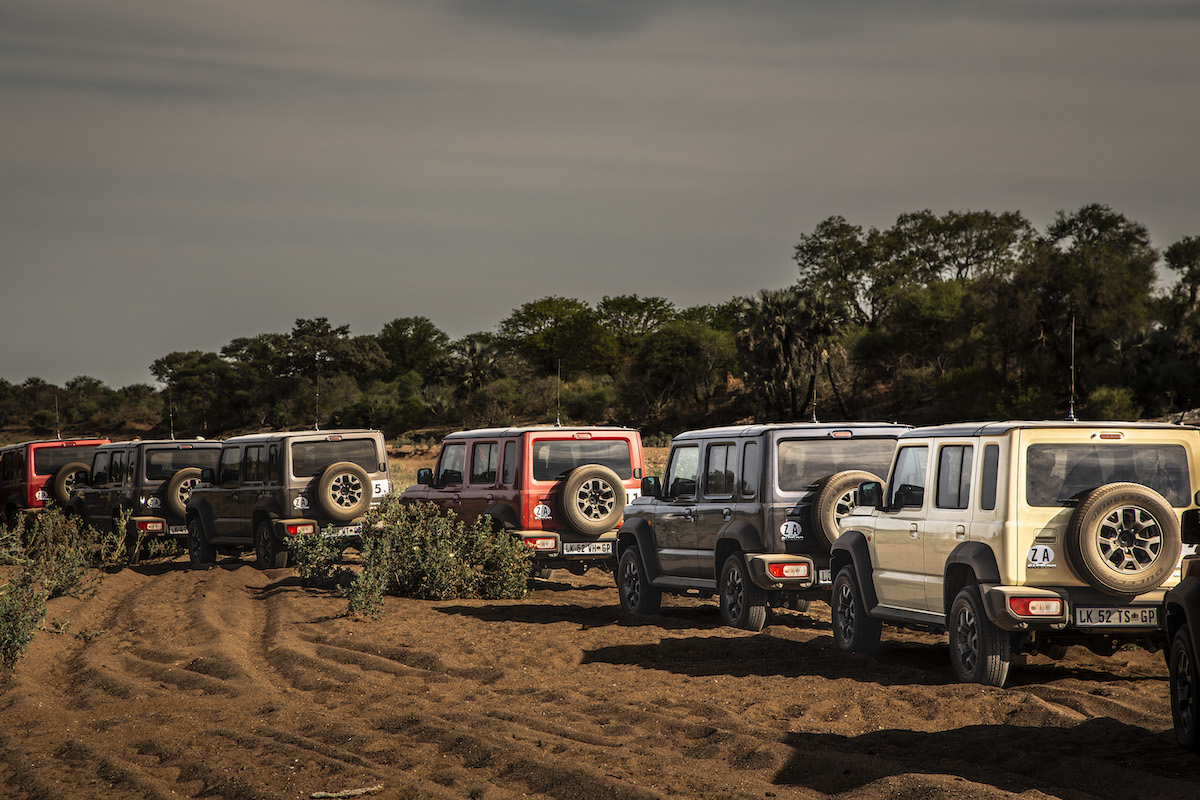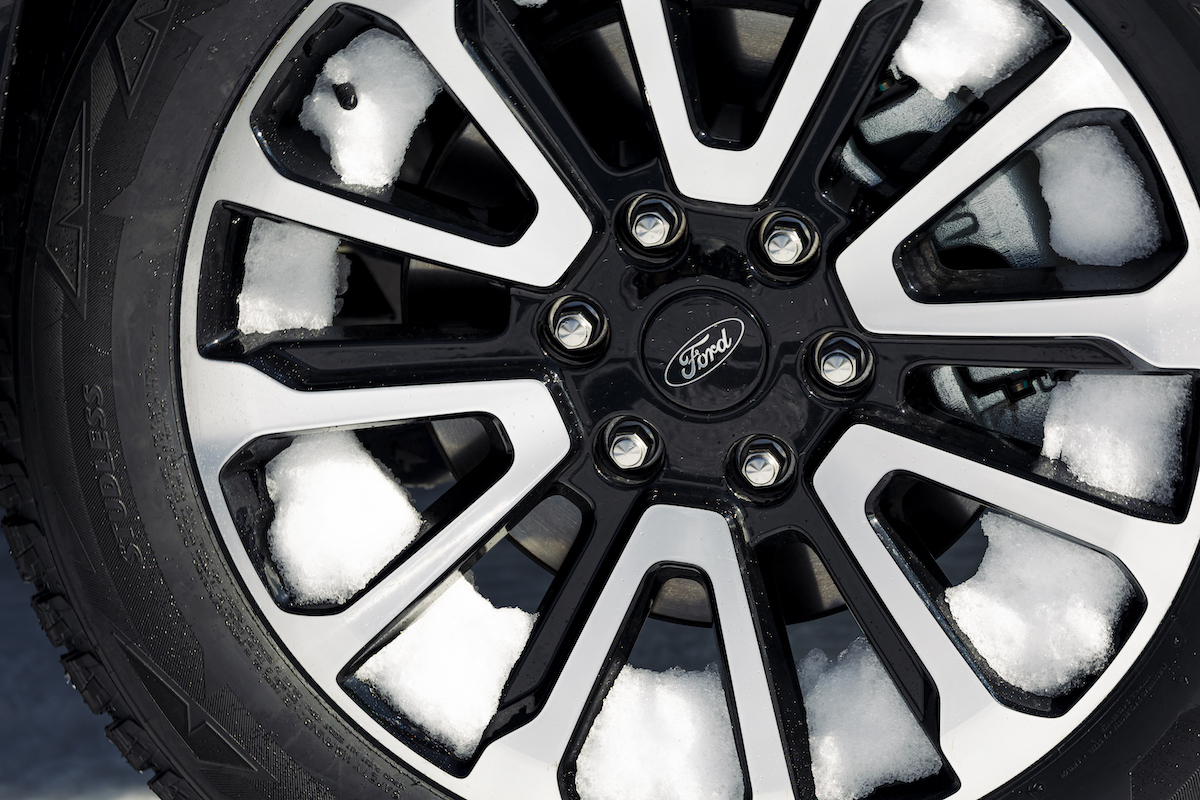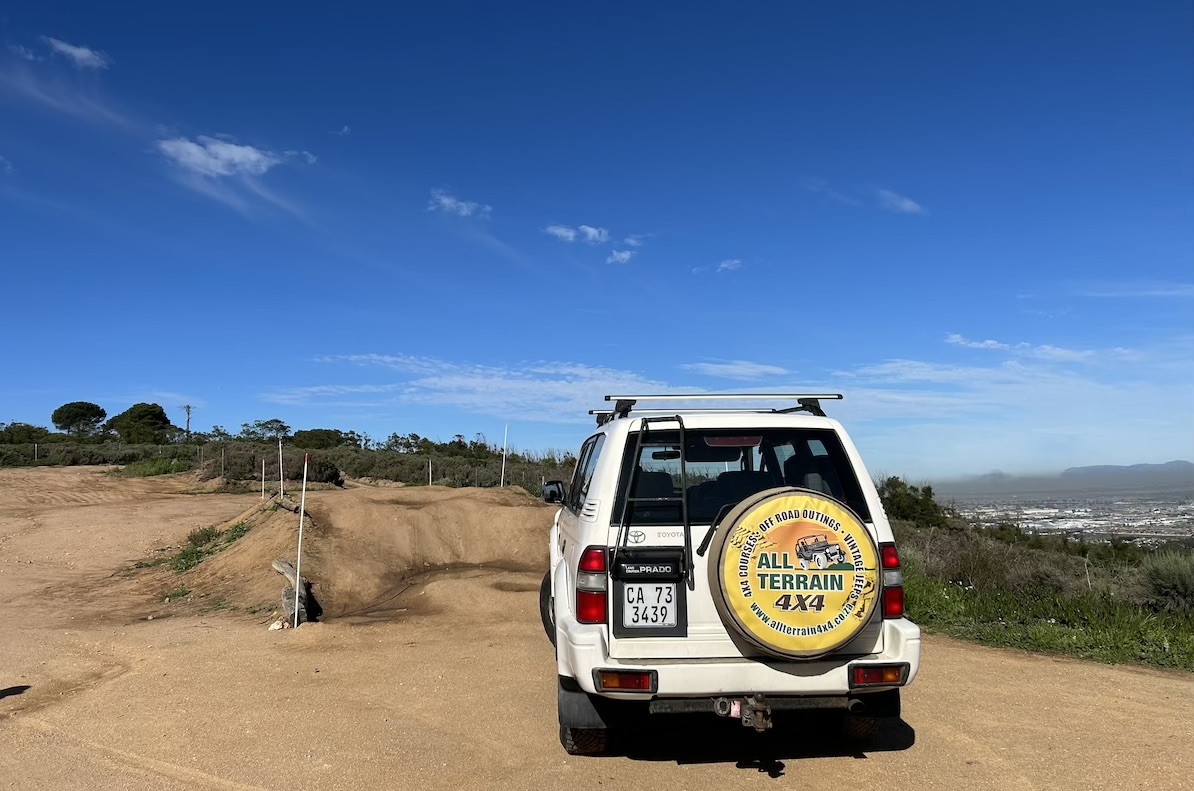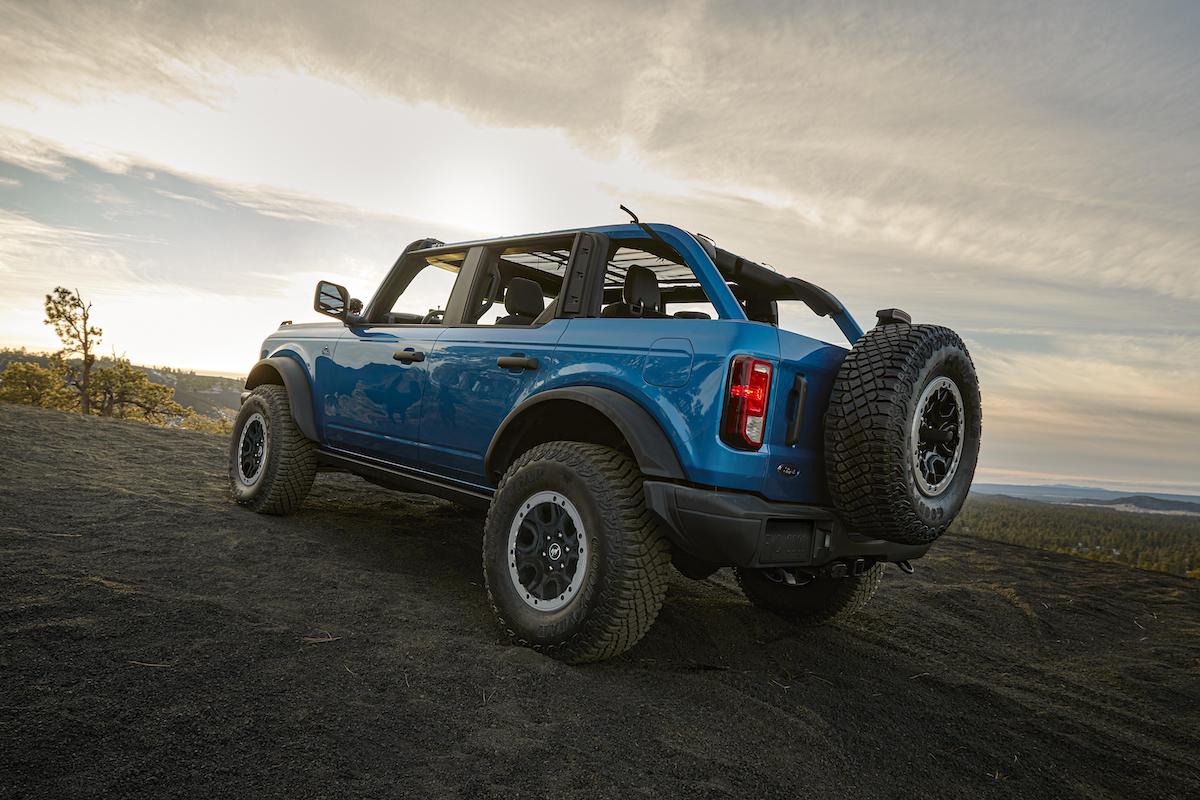Measuring 5086mm from end to end and 1983mm from door to door, the Audi Q7 is longer and wider than an Audi A8, and there are very few passenger cars which take up more space.
It is also one of the heaviest vehicles we’ve ever tested, tipping the scales at an immodest 2610kg, and that for an SUV without low-range gearing. Okay, the test unit did have every conceivable option fitted, including air suspension, multiple sunroofs, electrically actuated towbar and acoustic parking assistance with rear-facing camera.
It’s a monster of a vehicle, with one of the most imposing countenances of any road-going machine yet, and it makes a statement that certainly gets it noticed.
The headlights are dwarfed by that grille, and the expansive sheet metal and relatively narrow glasshouse add to a sense of menace: all it needs is a turret and a machine gun. The test car also came fitted with optional 20-inch rims shod with 275/45 rubber – a combination that dots the ‘I’ in Audi in no uncertain terms.
Features and equipment
★ ★ ★ ★
Behind that imposing chrome-framed grille and under the massive bonnet is an engine that has done sterling service for Audi (and Volkswagen) in the recent past and it makes a perfect companion for this kind of vehicle. With a respectable 171 Nm from 3,0 litres, it looks like it has the wherewithal to more than adequately propel this large SUV at a decent pace, but driveability is all about torque – big torque. The Q7 has plenty of that too: 500 Nm to be exact, all the way from 1750 to 2750 r/min.
Two car brands are synonymous with four-wheel-drive: Subaru and Audi. While Subaru can rightly claim that virtually everything they make has drive to all the wheels all the time, Audi has ownership of the most evocative name in the business: quattro. As you’d expect, the Q7’s system is a highly-sophisticated one, able to distribute torque to each wheel at the right time and in the right amounts to maintain forward momentum.
Torque is split 40:60 front/rear in normal use, but the mechanically operated locking centre differential can send up to 85% to the rear and up to 65% forward, depending on conditions. The centre diff is supplemented by electronic differential locks front and rear, which kick in when there’s a side to side imbalance in wheel speed.
Accommodation
★ ★ ★ ★
Nowadays the seats of premium spec cars are hard to fault, and most manufacturers put huge resources into making sure they’ll fit a wide range of shapes and sizes. The generously bolstered sports seats on the Audi came upholstered in a mix of Alcantara suede and leather – a R8150 add-on. Getting the driving position spot on is quick and easy, and there’s electrical adjustment every which way. The steering column can be adjusted up/down/in/out, but if you want it to happen electrically on a Q7 TDi you’ll have to fork out an additional R3950.
The standard Q7 configuration is that of a 5-seater but go for seven seats (by coughing up an additional R10 000) and you get a third row to accommodate two people shorter than 1,6m. There’s generous space in the second row, and with the backrest angled as far as it goes, the Q7 can seat five in limo-like luxury.
The second row has a 40/20/40 split, so versatility is peerless, and each section folds flat into the floor. The slender rearmost pair also fold away neatly and easily and if all three middle row backrests are folded down – it is not necessary to remove the head restraints – a low and flat loading area is available.
The fitment of the third row requires the use of a collapsible spare (as does fitment of anything other than the standard 18-inch wheel/tyre combo).
With all seats stowed there is a lake-like 2035 litres of utility volume, and a very respectable 330 litres even with all pews occupied, expanding to an impressive 775 litres with two rows in use. A number of innovative solutions make securing various items under the luggage cover simple and satisfying. Loading into the luggage area couldn’t be easier either, thanks to a 1,2mwide tailgate. Closing is straightforward, too – if you opt for the R5100 electric opening/closing mechanism.
Putting aside the issue of having to pay for options that should be standard, the Q7’s A6- inspired cabin is a remarkable place. The fit and finish is a rung above anything in the executive class, the controls are remarkably clear and intuitive despite bells and whistles of every kind, and there’s a sense of craftsmanship throughout.
Both the tactile feel and operating functionality of the Multi Media Interface – which operates sound system, ventilation and a host of other functions – will please those who struggle with everyday tasks such as sending an SMS and re-establishing an internet connection.
The beautiful steering wheel, with its sublimely satisfying knurled rollers for volume and radio channel changes, deserves a final nod of approval to an impeccably designed interior.
Performance
★ ★ ★ ★
The 3,0 TDi uses the latest generation of high-pressure common rail injection to deliver fuel to the six cylinders, and also has a particulate filter to ensure that what comes out of the exhaust is pretty much squeaky clean. The smells, noises and vibrations still sometimes associated with an oil-burner are largely absent here, too.
There’s a lot of metal to move, and the 3,0- litre turbo copes well, considering. It will get to 100 km/h in a whisker short of 10 seconds, and the manner in which it steams creamily through the gear ratios is pretty effortless. On our regular test strip we managed a true 218 km/h – slightly higher than what Audi claims is flat out for a car equipped with air suspension (which lowers the body to reduce aerodynamic drag at speed).
Gear ratios are very well chosen, and the Q7 will snort from 60 to 100 km/h when commanded to do so in just over 5,5 seconds – an impressive number considering the weight. First gear is suitably low for stall-free off-road work.
And the relaxed final drive/sixth gear combo also makes it a pleasant cruiser. While there is just 2300 r/min on the unusually shaped tachometer at a true 120 km/h, shifts back to fifth are stealthily executed yet always in good time to prevent a loss of momentum.
Our true 120 km/h test saw the TDi return a figure just under 10 litres per 100 km/h for a theoretical 1000km tank range if you could use the very last drop in the 100-litre tank.
We’d expect around 13 per 100 in everyday driving, maybe 12,5 with a gentle right foot. It’s not an exceptional figure, but good for a heavyweight with a drag coefficient of 0,35 (0,37 without active suspension).
In the same way that there’s a lot of metal to move, there’s a lot of metal to stop, too. The Q7 has some of the biggest brakes this side of a racetrack (350mm in diameter in front), and they do a remarkable job. We couldn’t get them to fade, even after supplementing our normal 80 km/h to zero routine with a series of 100 to standstill tests.
Ride and handling
★ ★ ★ ★
The whole point of active suspension is that it can offer the best of all worlds, which makes it – to our minds – a pretty sound way to spend an extra R21 000 on a premium-level all-purpose car. This system uses a compressor and two accumulators, and has four electronically controlled dampers, integrated into the suspension struts. Conventional anti-roll bars are not needed to keep the body on an even keel.
The benefit was certainly appreciated in our top speed run, when a ground-hugging, highly stable 2,5-tonner is way preferable to a floaty, slow-to-respond one. Drivers can choose five modes from the MMI interface – Dynamic, Automatic and Comfort, as well as Offroad and Lift for use when the tarmac ends. Ground clearance varies between 180 and 240mm, depending on the mode.
The system control unit varies the “spring” and damping characteristics according to the mode selected and vehicle speed, and it is hard to fault, though the Dynamic setting can be unduly harsh on Gauteng’s pockmarked suburban roads.
Despite not having low range, the Q7 does make a decent fist of things off road, with sufficient approach and departure angles when in “Lift” mode, despite a metre of overhang both front and rear.
While the Q7’s weight distribution is essentially 50/50, the fact is that the quattro drive sends slightly more torque to the rear than the front, which has a tendency to quell understeer. The Q7 can be hustled – within reason – without giving the feeling that the nose is going to make a beeline for the nearest roadside attraction.
The steering feels free of torque steer, with a degree of accuracy – if not especially feel – which is very good for this kind of car. And, all things considered, the 12m turning circle isn’t too bad, either, but you’re never in any doubt that this is a seriously big machine.
We were surprised by the amount of road noise that filtered into the cabin at cruising speed, with a constant drone coming from the fat rubber slapping against the tarmac.
Verdict
★ ★ ★
Audi has made much of the fact that the Q7 is well-priced, but the standard spec is disappointing, and the pricing of some options is hard to swallow.
That aside, it is a magnificently engineered and presented piece of automotive design, but we can’t help wondering whether it is unnecessarily big for South Africa’s increasingly congested roads and car parks.

